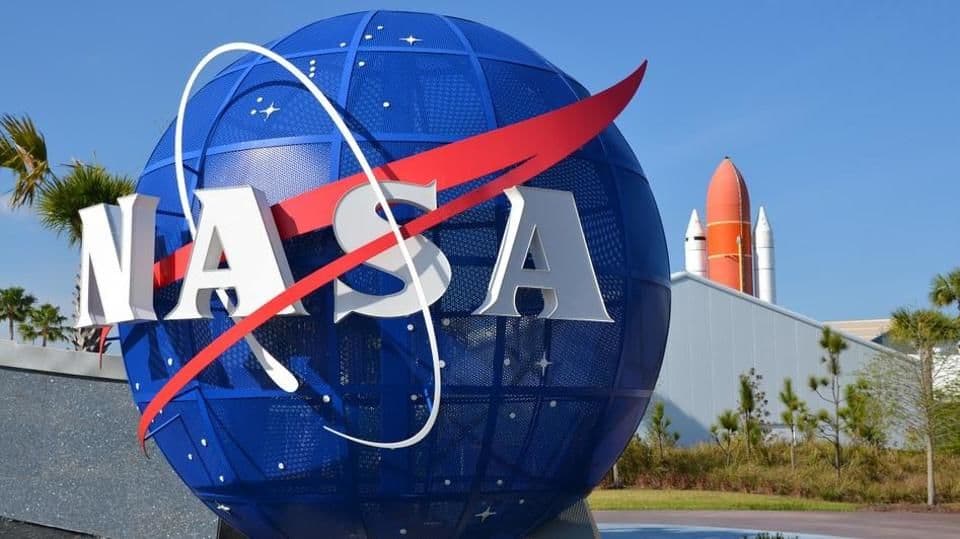
Last 17 years have been the hottest since 1880: NASA
What's the story
2017 was the warmest without El Nino, the Pacific weather pattern that adds to the rising temperatures, reported NASA on Thursday.
Considering El Nino's contribution, NASA ranked 2017 the second-warmest, after 2016.
National Oceanic and Atmospheric Administration, however, ranked it third, behind 2016 and 2015.
But both organizations agree that 17 of the 18 hottest years since 1880 have occurred post 2001.
Here's more.
Information
Why are El Nino years the hottest?
In an El Nino, tropical Pacific trade winds that usually blow from east to west, weaken or reverse in certain situations, warming the ocean's typically colder parts. This added heat at the ocean surface then releases into the atmosphere and raises global temperatures.
Warning signs
Danger bells are ringing violently. It's time we hear them
If humans want to avoid climate change related catastrophes, the global temperatures must not rise over 2°C, scientists warn.
However, temperatures have already increased by more than 1°C since the late 19th century, thanks to unprecedented carbon dioxide and other greenhouse gas emissions.
The natural disasters that shook the world last year and Arctic's soaring temperatures are ugly proofs that climates are changing, irrevocably.
No cold
Closer home, Delhi experiences warmest January in 10 years
Thanks to no western disturbances and northerly winds, the Indian Capital is experiencing one of its warmest winters in 10 years.
According to the Indian Meteorological Department, the average day temperature of this month till January 17 is the highest in a decade.
After December 2016 (average temperature 24.5°C), last month (average temperature 24.08°C), was the second warmest December since 2008 (average temperature 24.5°C).